Persian Cat
- February 14, 2024
- 0 comment
The Persian cat, a breed of domestic feline renowned for its luxurious, flowing coat and distinctive facial features, holds a special place in the hearts of cat lovers worldwide. Originating from Persia, now modern-day Iran, these regal cats have been cherished companions for centuries, favored for their calm and gentle disposition. Characterized by their round faces, expressive eyes, and small, rounded ears, Persian cats exude an air of elegance and grace.
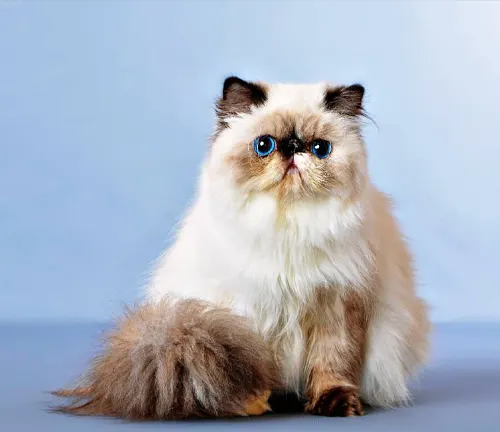
Their long, dense fur requires regular grooming to prevent matting and maintain its pristine condition. Renowned for their affectionate nature, Persian cats thrive in indoor environments where they can bask in the comfort of their human companions’ company. With their laid-back demeanor and innate charm, Persian cats continue to captivate the hearts of cat enthusiasts, embodying the epitome of feline sophistication and companionship.
| Specification | Description |
|---|---|
| Origin | Persia (modern-day Iran) |
| Coat | Long, luxurious fur |
| Facial Features | Flat face, large expressive eyes |
| Temperament | Calm, gentle, affectionate |
| Grooming Needs | Regular grooming required to prevent matting |
| Size | Medium to large |
| Lifespan | 10-15 years |
| Activity Level | Low to moderate |
| Indoor/Outdoor | Primarily indoor |
| Health Concerns | Susceptible to respiratory and dental problems |
An Exquisite Feline Companion
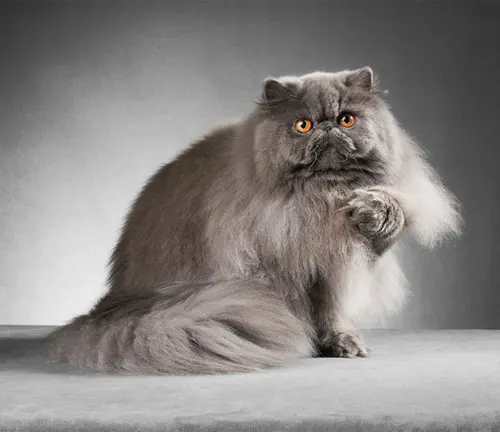
Physical Appearance
The physical appearance of the Persian cat is characterized by its distinctive features, which contribute to its elegant and regal demeanor. Here are some key aspects of the Persian cat’s physical appearance:
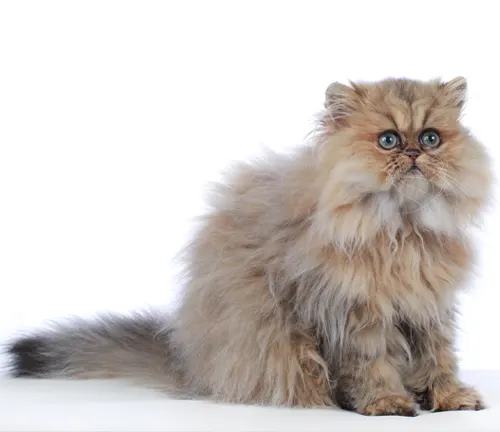
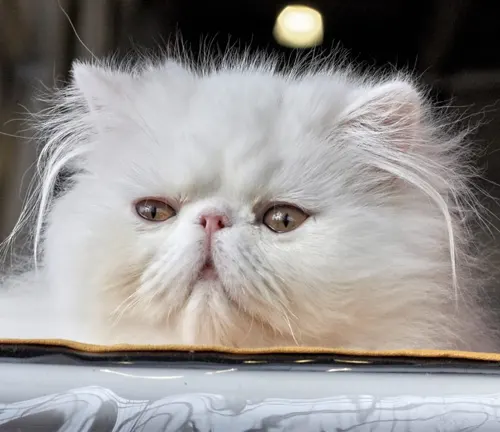
- Coat: Persian cats are renowned for their long, luxurious fur, which flows gracefully over their body. The coat can come in a variety of colors and patterns, ranging from solid colors to bi-color, tabby, calico, and more. Their dense fur requires regular grooming to prevent matting and maintain its silky texture.
- Facial Features: One of the most recognizable traits of the Persian cat is its flat face, also known as brachycephalic. This distinctive facial structure gives the Persian cat its unique appearance, characterized by a short muzzle and rounded cheeks. Their large, expressive eyes are typically round and wide-set, adding to their sweet and endearing expression.
- Head and Ears: Persian cats have a broad, rounded head with a short, strong neck. Their ears are small and rounded, set wide apart on the head. The fur on the ears may be tufted, adding to their overall charm.
- Body: Persian cats have a sturdy and well-balanced body with a medium to large build. Despite their robust appearance, they move with a graceful and fluid gait, conveying a sense of elegance and poise.
- Tail: The tail of a Persian cat is typically medium in length, proportionate to the body. It is thick at the base and tapers to a rounded tip. The tail is adorned with long, flowing fur, adding to the cat’s overall beauty.
Habitat and Distribution

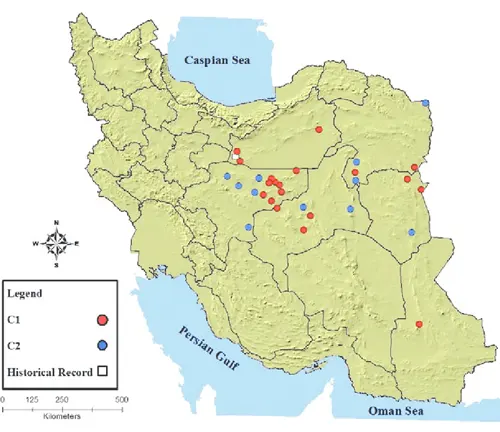
Originally hailing from Persia, now modern-day Iran, the Persian cat has a rich history that dates back centuries. This breed’s exact origins are shrouded in mystery, but it’s believed to have been selectively bred in Persia for its distinctive appearance and gentle temperament. While their natural habitat may have been the Persian region, Persian cats are now found in homes and households worldwide, cherished as beloved companions. Their adaptability to indoor living makes them well-suited for urban environments, where they thrive in the company of their human families.
Behavior and Lifestyle
The behavior and lifestyle of Persian cats are characterized by their gentle demeanor, affectionate nature, and preference for a calm and relaxed environment. Here are some key aspects of the behavior and lifestyle of Persian cats:
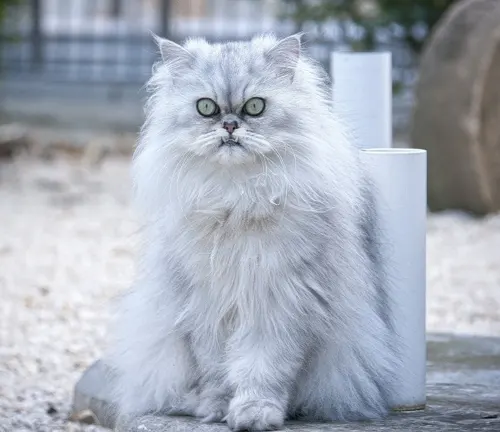


- Calm and Gentle: Persian cats are known for their serene and laid-back temperament. They tend to be calm and placid in demeanor, preferring peaceful surroundings and avoiding loud noises or sudden movements.
- Affectionate: Persian cats are affectionate companions that enjoy spending time with their human caregivers. They often seek out attention and affection, forming strong bonds with their family members.
- Low to Moderate Activity: While Persian cats may enjoy short bursts of playtime, they are generally not very active cats. They prefer lounging in comfortable spots around the home, such as sunny windowsills or cozy beds.
- Indoor Living: Persian cats are well-suited to indoor living environments and are typically kept as indoor pets. Their long fur and calm demeanor make them less suited to outdoor life, where they may be exposed to potential hazards and predators.
- Routine and Predictability: Persian cats thrive on routine and predictability in their daily lives. They appreciate having a consistent schedule for feeding, grooming, and playtime, which helps them feel safe and secure in their environment.
- Grooming Needs: Due to their long fur, Persian cats require regular grooming to prevent matting and maintain their coat’s health and appearance. Daily brushing and occasional baths are often necessary to keep their fur soft, silky, and free of tangles.
- Socialization: Persian cats generally get along well with children, other pets, and visitors when properly socialized from a young age. They are known for their tolerant and amiable nature, making them suitable companions for households with other pets or small children.
Conservation Status
While the Persian cat’s popularity as a companion animal remains strong, concerns about its health and well-being have led to discussions about its conservation status. Selective breeding for specific physical traits, such as the flat face and long coat, has contributed to health issues within the breed, including respiratory and dental problems. Responsible breeding practices and ongoing research into genetic health are crucial for safeguarding the Persian cat’s future. By prioritizing the breed’s welfare and promoting ethical breeding standards, efforts can be made to preserve the Persian cat’s beauty and charm for generations to come.
Different Species
Solid Color Persians
These cats have a single, uniform color throughout their coat, without any markings or patterns. Common solid colors include white, black, blue, cream, and red.
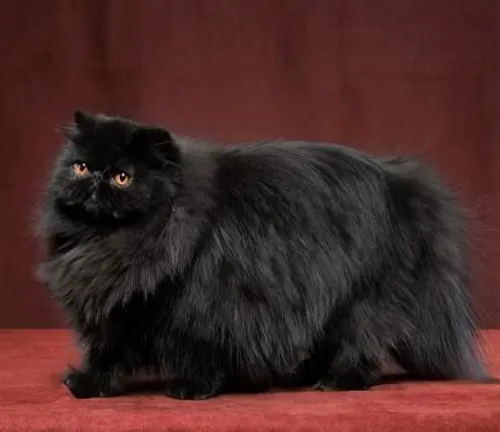

Bi-Color Persians
Bi-color Persians have two distinct colors on their coat, typically with white being one of the colors. Common bi-color combinations include white and black (tuxedo), white and blue, white and cream, and white and red.
Tabby Persians
Tabby Persians have distinctive tabby patterns on their coat, characterized by stripes, swirls, or spots. Tabby patterns can come in various colors, including silver, brown, blue, and red.
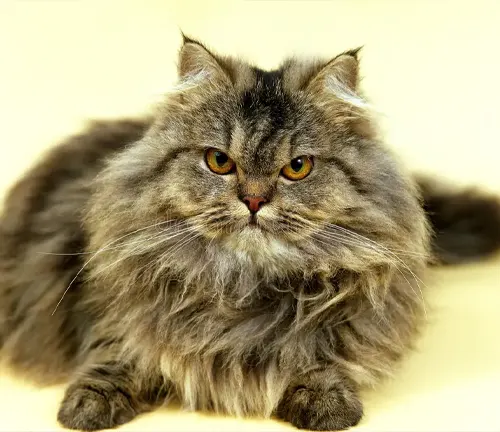
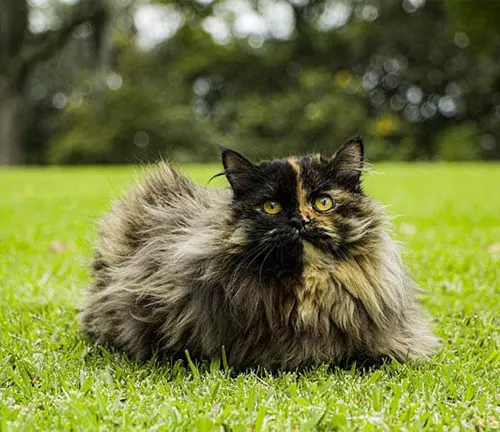
Calico and Tortoiseshell Persians
These Persians have a patchwork of three colors on their coat: white, black, and orange (calico), or a mix of black, red, and sometimes cream (tortoiseshell).
Shaded and Smoke Persians
Shaded Persians have a coat color that is lighter at the roots and gradually darkens towards the tips, creating a shaded effect. Smoke Persians have a solid color at the roots that gradually transitions into a much lighter color towards the tips, giving the appearance of a smoky or misty coat.
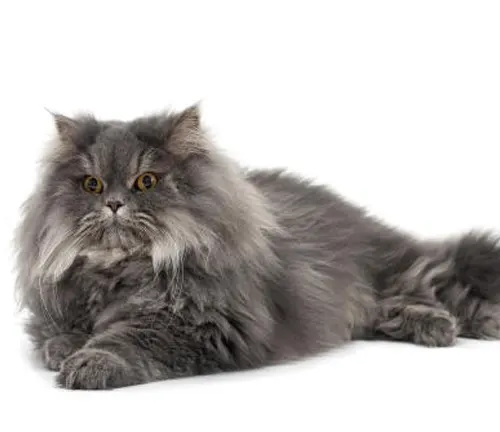
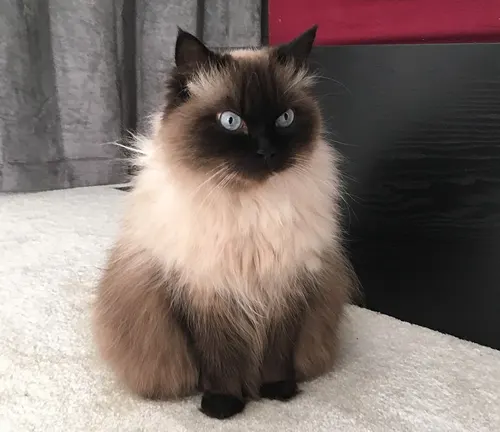
Himalayan Persians
Also known as Colorpoint Persians, Himalayan Persians have a Siamese-like color pattern, with darker points on their ears, face, paws, and tail, contrasted against a lighter body color.
Silver and Golden Persians
These Persians have a striking silver or golden hue to their coat, adding a shimmering metallic quality to their appearance.
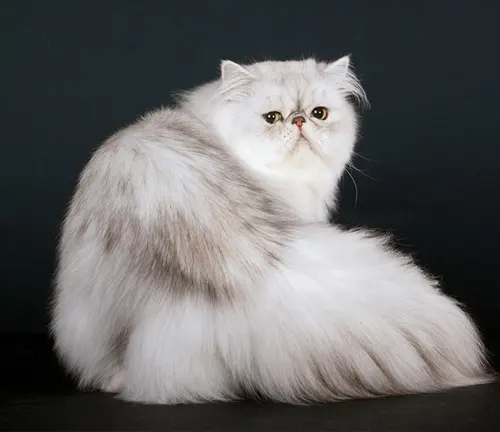
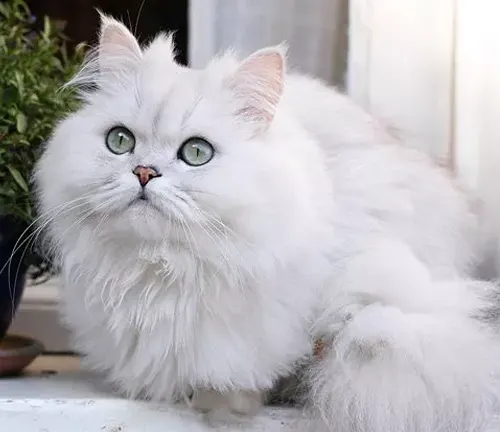
Chinchilla Persians
Chinchilla Persians have a white undercoat with black tipping on the fur, giving them a sparkling, frosted appearance
Frequently Asked Questions (FAQs)
- What is a Persian cat?
Persian cats are a breed of domestic cats known for their long, luxurious fur, distinctive facial features, and gentle temperament. They originated from Persia (modern-day Iran) and have been cherished as companion animals for centuries. - What is the lifespan of a Persian cat?
Persian cats typically live between 10 to 15 years, although some may live longer with proper care and attention to their health. - Do Persian cats require a lot of grooming?
Yes, Persian cats have long fur that requires regular grooming to prevent matting and maintain its health and appearance. Daily brushing and occasional baths are usually necessary to keep their coat in top condition. - Are Persian cats good with children and other pets?
Persian cats are known for their calm and gentle nature, making them well-suited for households with children and other pets. They usually enjoy being around people and can form strong bonds with their human family members. - Do Persian cats have any health issues?
Persian cats are prone to certain health problems, including respiratory issues due to their flat faces, dental problems, and kidney disease. Regular veterinary check-ups and a proper diet can help manage these health concerns. - Are Persian cats indoor or outdoor pets?
Persian cats are typically indoor pets. Their long fur and calm demeanor make them more suited to living in a controlled indoor environment where they can be protected from potential hazards and predators. - Do Persian cats shed a lot?
Persian cats do shed, especially during seasonal changes, but regular grooming can help minimize shedding and keep their coat in good condition. - What type of diet is best for Persian cats?
A balanced diet that is appropriate for the cat’s age, weight, and health condition is essential for Persian cats. High-quality commercial cat food or a vet-approved homemade diet can provide the necessary nutrients for their overall well-being. - Are Persian cats high maintenance?
Persian cats do require regular grooming and attention to their health needs, so they can be considered high maintenance compared to some other cat breeds. However, their gentle temperament and affectionate nature often make the extra care worth it for their owners. - Where can I find a Persian cat to adopt or purchase?
Persian cats can be found through reputable breeders, rescue organizations, and animal shelters. It’s essential to do thorough research and consider adoption options before purchasing from a breeder to ensure the well-being of the cat.


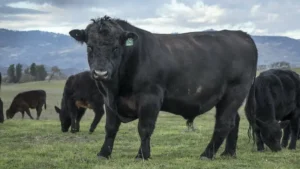
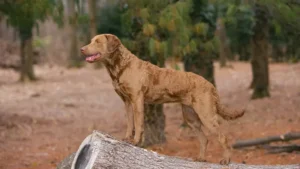
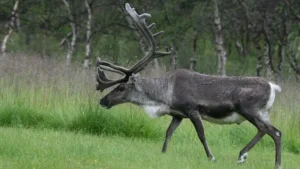

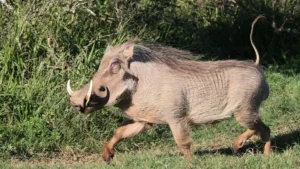

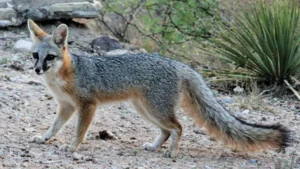

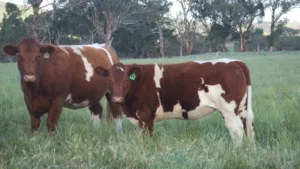
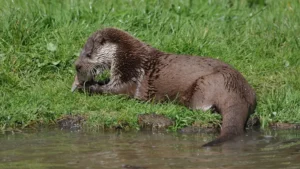
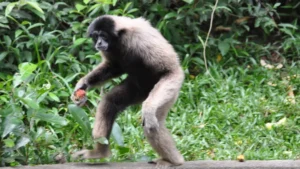
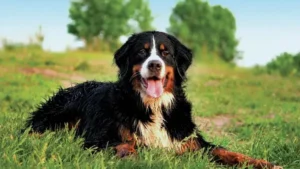
Leave your comment